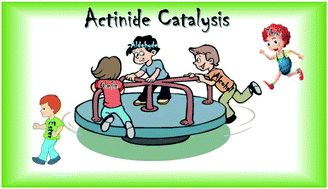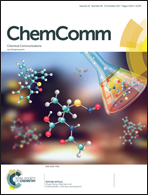Organoactinides in catalytic transformations: scope, mechanisms and Quo Vadis
Abstract
The last decade has witnessed wonderful and remarkable advances in the chemistry of early actinides, providing information on not only the reactivity of these types of compounds in stoichiometric reactions but also their utilization in challenging catalytic processes. This canvas of knowledge allows the design of chemical reactivities to reach a high level of sophistication. As compared to early/late transition metal and lanthanide complexes, the actinides display complementary and in some cases real unique performances for similar organic transformations. The study of organoactinides allows us to design new chemical transformations due to their distinctive electronic structures, which feature a large coordination number exhibiting steric interactions. This review highlights the latest results obtained since 2008 on the catalytic activities of organoactinides. This review presents a brief introduction, and two main parts: (i) organoactinide mediated catalytic transformations of small molecules, including hydroelementation, coupling reactions, etc.; (ii) organoactinide catalysed polymerization and oligomerization reactions, including olefin, diene, cyclic ester and epoxide substrates. At the end, we present our Quo Vadis opinion and pose some challenging questions and our personal opinion regarding where this field should continue to develop.



 Please wait while we load your content...
Please wait while we load your content...